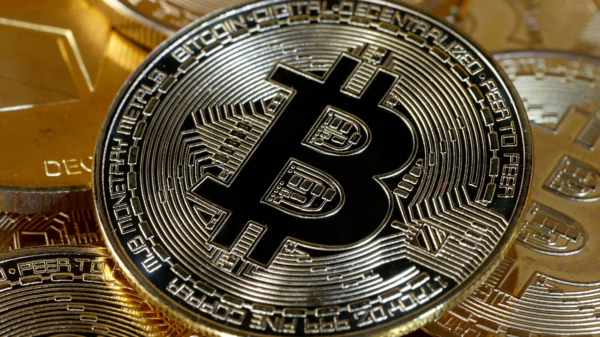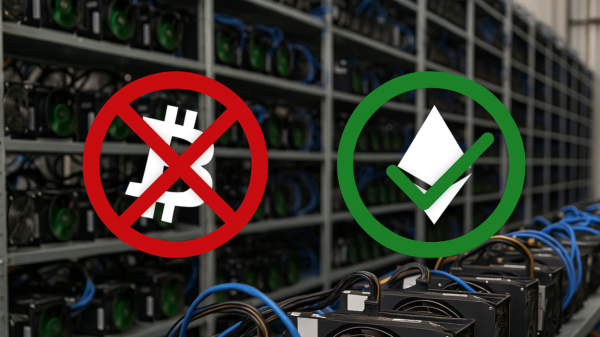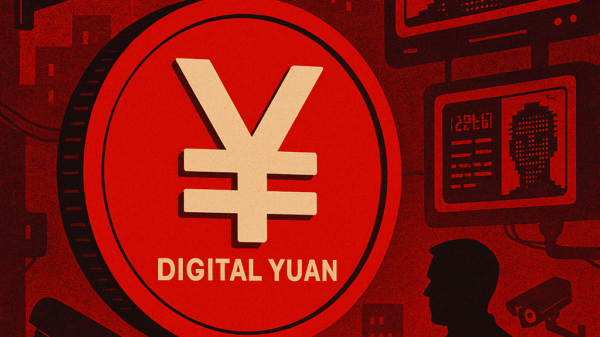Executives of a Binance client were abducted while on a business trip in Montenegro and forced to empty their cryptocurrency wallets with a total loss of USD$12.5 million.
Binance CEO Changpeng Zhao said via X that Binance immediately investigated the on-chain activities of the crypto transactions and reached out to its partners to freeze the wallet with stolen funds. He revealed that all the funds were taken in tether (USDT) and transferred to a Tron wallet.
Binance managed to freeze about USD$11.8 million, or 94.4 per cent of the total stolen.
When asked if crypto is better than fiat currencies kept in banks if your crypto wallet can be frozen, Zhao said it’s a balance with no perfect balance point.
“If you use XMR, then there isn’t much anyone can do (or to help you with), as far as I know. Bitcoin can be traced, but not frozen, until you send it to a CEX [centralized exchange].”
Binance Customer Support said on X the exchange’s standard procedure for stolen funds depends on the information provided. Maintaining an asset freeze on stolen assets required a police report within seven days after first contact with the exchange’s support department. Although, Binance could extend the freeze on a case-by-case basis if extra time were required to get the police report.
Last week, Binance launched a Web3 wallet with the aim of reducing the barrier for self-custody. The cryptocurrency exchange characterized its new Web3 wallet as a self-custody crypto wallet integrated into the Binance app.
A user’s private keys are reduced to three parts called keyshares, with two of the three shares in users control while the third remains with the exchange. The purpose of the design is to make the Web3 wallet self-custodial.
Read more: Marathon Digital Holdings launches Bitcoin mining operation using renewable energy
Read more: Blockchain Intelligence inks one year deal to track down cyber-criminals
Custody issues are among crypto’s oldest problems
The theft has brought custodial issues in cryptocurrency back into conversation.
Issues surrounding custodianship of cryptocurrency are one of crypto’s oldest problems. They’re encapsulated in the common idiom “not your keys, not your crypto” which indicates that investors cannot have certainty over their crypto holdings unless they personally control the keys to the wallet where they are stored.
In this case, it’s in Binance and other exchange’s abilities to freeze assets granted in trust to them by their customers. In most other cases, it’s what happens to the assets when the cryptocurrency declares bankruptcy, or gets hacked. With one or two exceptions, there is no insurance from the Federal Deposit Insurance Corporation (FDIC) or any other option for exchanges like there are for banks.
For example, FTX held onto users’ wallets and keys, which meant controlling access to funds depended on the exchange’s ability to send it, which became complicated when the exchange developed a liquidity crisis. It’s a common theme throughout cryptocurrency with Canada’s own Quadriga CX enduring much the same problem when its owner Gerald Cotten died from complications of Crohn’s Disease while on vacation in 2017, leaving investors unable to access their funds.

Changpeng Zhao, CEO of Binance. Image from Binance.
As cryptocurrency adoption has become more mainstream, many individuals who prefer not to deal with the technical complexities of managing their own wallet are relying on third-party services such as exchanges or investment managers that allow them to invest in crypto without requiring them to learn how to use a self-custody wallet.
However, this means that the intermediary holds control over the keys to their holdings.
According to proponents of the “not your keys” philosophy, a wallet on a centralized exchange does not genuinely belong to the account holder. When centralized exchanges, like FTX or Quadriga CX or Binance, halt withdrawals, users lose access to their crypto. In the event of a catastrophic event, be it the collapse of an exchange or a cyberattack, those holdings could be permanently lost.
.














David Dzidzikashvili
November 22, 2023 at 4:18 am
The SEC and US authorities have been relentlessly targeting CZ and Binance over the past few years. What concerns me is the fact that the US authorities did not use the same extremely aggressive approach, tactics and investigation against FTX and Sam Bankman-Fried (until too late) and even after SBF violated his release conditions. Why such difference in treatment? Maybe the fact that Sam Bankman-Fried has US government connections with Gary Gensler through his parents (MIT) and girlfriend Caroline Ellison? The American justice system so far has treated Sam Bankman-Fried and FTX more favorably than CZ & Binance. But this won’t destroy Binance and won’t eliminate their dominant market position – something US authorities have been trying very hard to accomplish. Therefore, CZ used a smart tactic and listened to his lawyers and decided to plead guilty, pay the US fines and preserve Binance as a strong, viable business player in the crypto market. Very smart move and finally new chapter will open in the crypto universe. With the US authorities not pursuing any legal actions against the exchange, it will facilitate Binance’s further growth and help the overall crypto mass adoption. The future is bright and there is tons of new development and progress within the blockchain tech. The next bull run 2025-2026 (assuming all else equal and no more scandals or USDT liquidity issues), with take these hard facts into consideration and it will be the stepping stone for the Wall Street institutions to enter the crypto space via Bitcoin ETFs. Ethereum ETFs, etc. ETFs are coming and that’s why the US and Binance had to settle this fight. It’s great news for the crypto world! With EU’s MiCA Act in action, the US looks like set to develop (in near future) a standard-universal legal framework for the crypto, where all government agencies will be in agreement whether a crypto coin is a utility or a security…